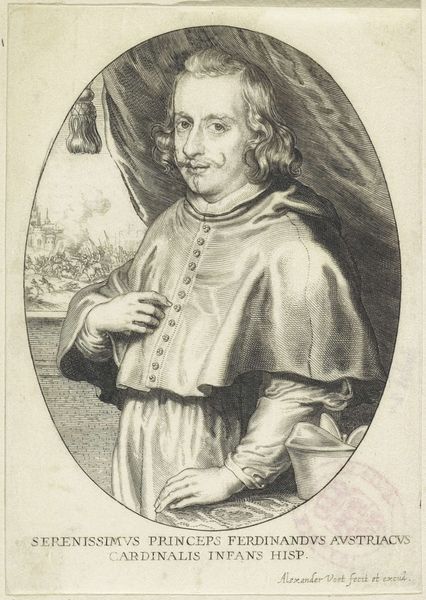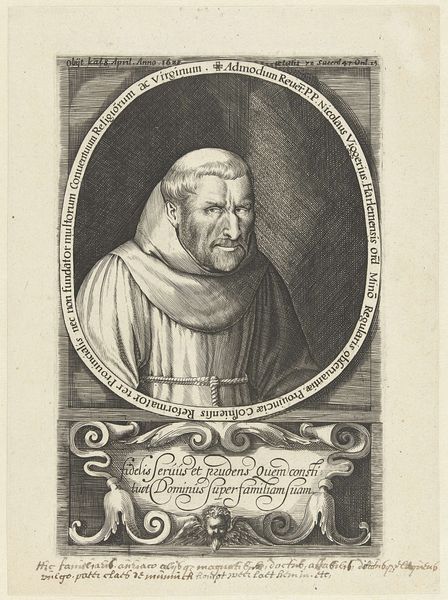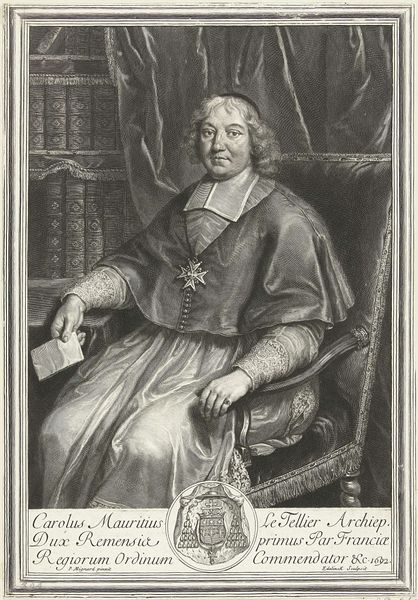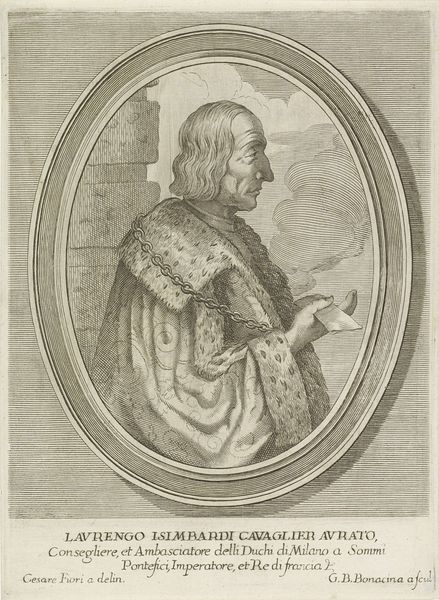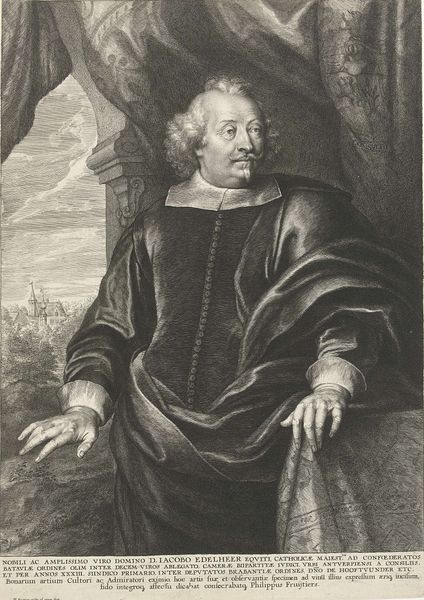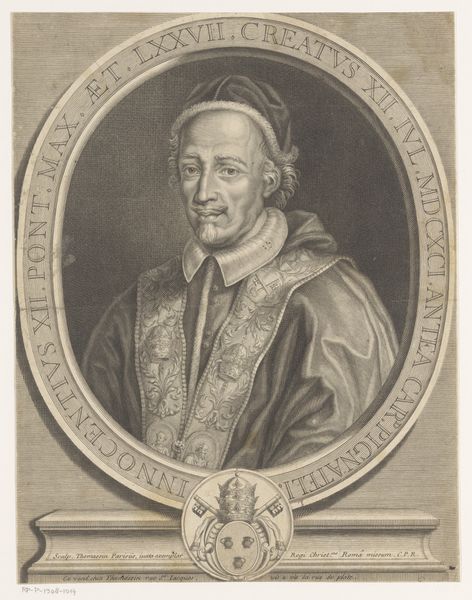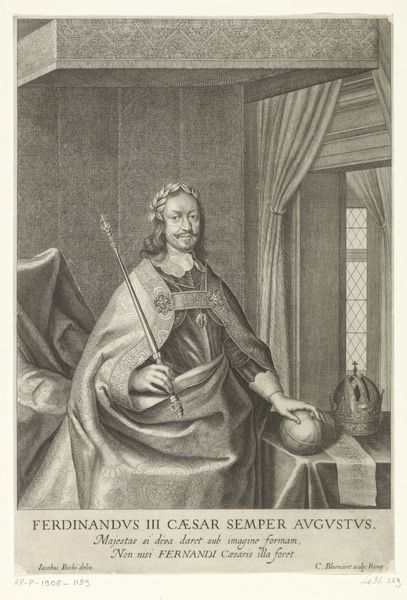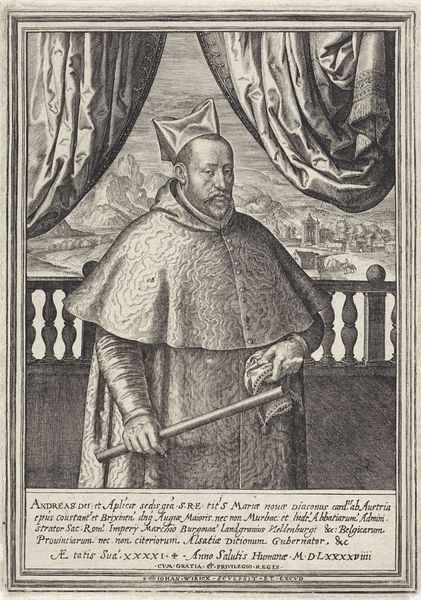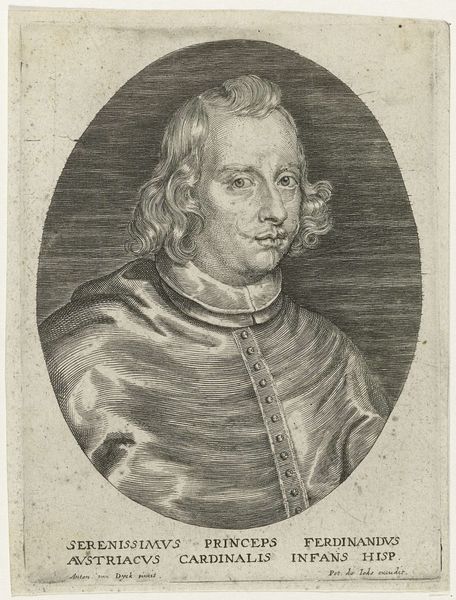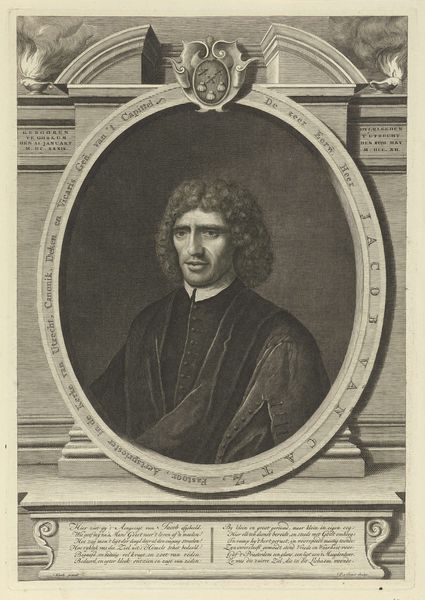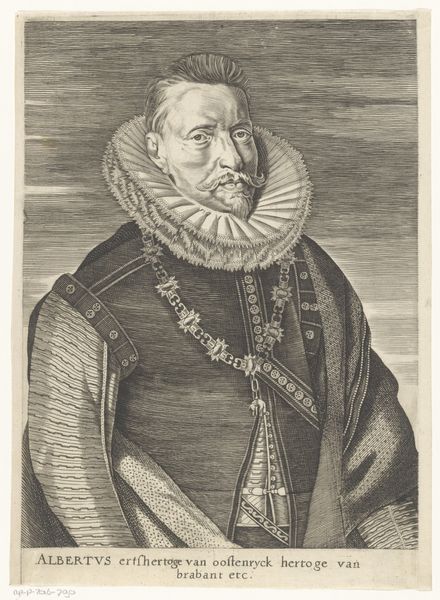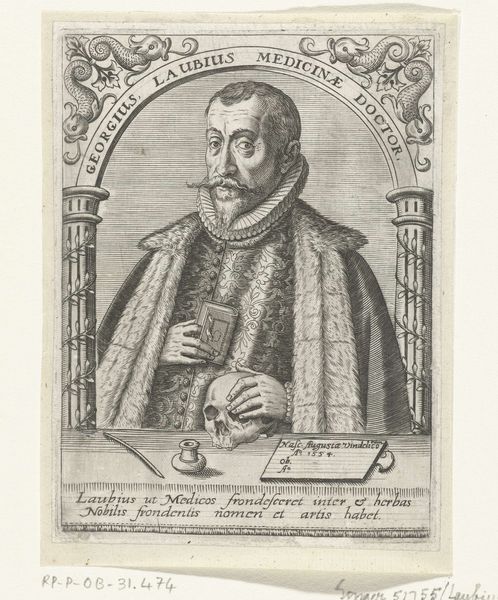
engraving
#
portrait
#
baroque
#
portrait reference
#
portrait drawing
#
engraving
Dimensions: height 263 mm, width 202 mm
Copyright: Rijks Museum: Open Domain
Editor: This is Jacob Folkema's engraving "Portret van Theodorus van der Croon," likely created sometime between 1702 and 1767. The level of detail Folkema achieved with engraving is stunning. What social forces might have motivated this portrait? Curator: An excellent question! This portrait wasn't merely about capturing likeness. Consider the sitter's attire and the crucifix in the background, indicating Theodorus van der Croon’s ecclesiastical position. These were visual markers of power and status. The baroque period embraced ornamentation as a way to publicly perform position within society. How might the proliferation of printed images impact this power dynamic? Editor: Interesting. Printing would make the image more widely available. Did it challenge the sitter’s authority in some way by making his image more accessible? Curator: Potentially, yes, it democratizes the image somewhat. However, prints like these also served to solidify his position within a specific social hierarchy. Distribution networks reinforced social connections and patronage. Note how the details, like the lace and the subject's expression, convey an air of controlled dignity, designed to inspire respect, and thus maintain social order. Editor: So, the print both reflects and reinforces the social structure of the time? Curator: Precisely! It provides insight into the carefully constructed image of power and how such images functioned within 18th-century Dutch society. Consider, too, the Rijksmuseum's acquisition and continued display of this engraving: how do museums participate in continuing this work of establishing canons? Editor: That’s fascinating. I never thought about portraits as playing an active role in politics, beyond just representation. It makes me think differently about how we perceive status even today.
Comments
No comments
Be the first to comment and join the conversation on the ultimate creative platform.
